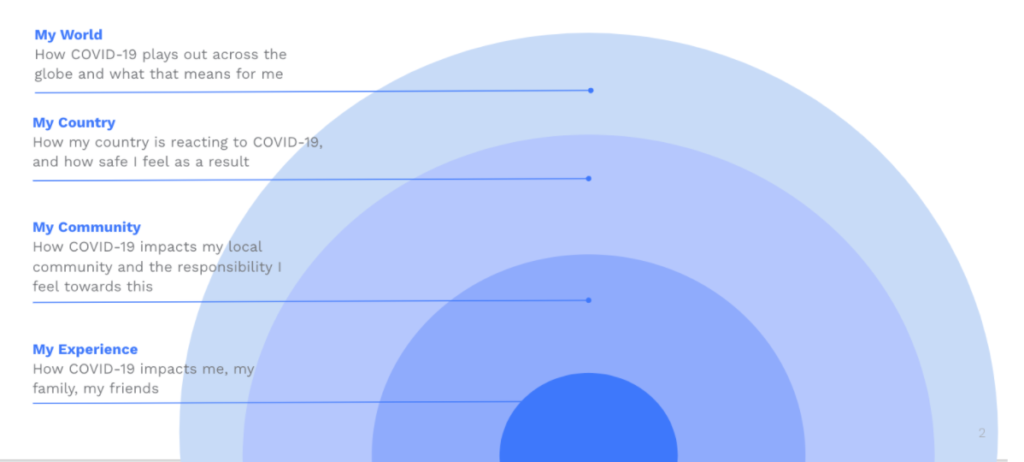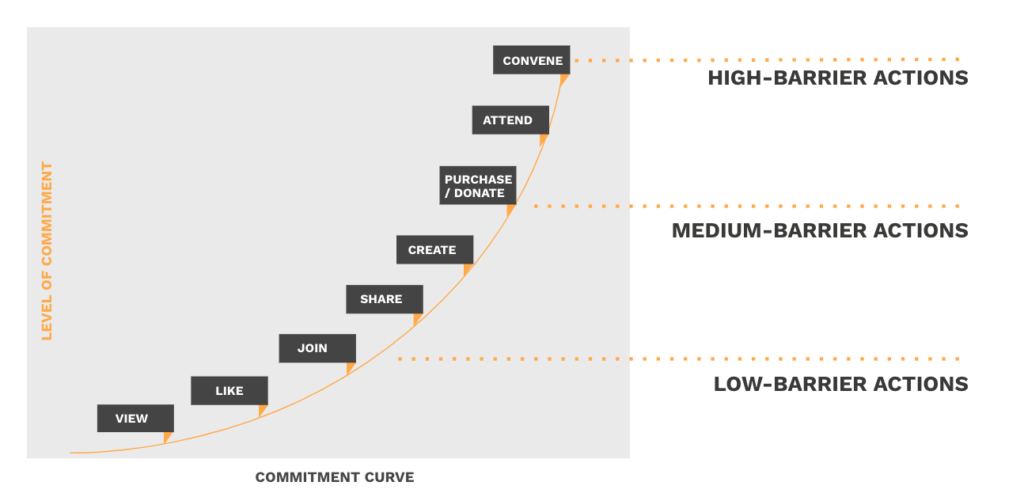How to Respond to COVID-19: Engage Your Supporters Now
April 2, 2020
Rahm Emanuel put it best – “You never let a crisis go to waste. It’s an opportunity to do things you think you could not do before.”
No matter your opinion on Mr. Emanuel, his position on taking decisive action during a cataclysm feels appropriate for today’s climate. We are without a doubt living through one of the largest crises to befall living generations, from boomers to Gen Z and beyond. Every social impact sector will feel the upheaval that the COVID-19 pandemic is causing; whether it is falling emissions, growing economic inequality, balancing gender politics in a flexible working environment or fast-tracking educational reforms, this pandemic will leave little untouched.
At Purpose, we partner with leading NGOs who seek to remake the world in a positive and beneficial way for all. But the COVID-19 crisis throws up all sorts of strategic questions, from revisiting existing three year plans to reorganising the structure of the organisation entirely. Many of you have come to us to say that you are unsure of what to do in this climate: Should you act now? Should you be recruiting new supporters? How should you be communicating to existing supporters? And above all, what do people need?
The truth is, we can’t say what will come in the After of the COVID-19 pandemic, or when that After will come. What we can say is what we’re observing in today’s landscape, which shows how people are valuing their immediate communities more than ever, and are leaping up to help out wherever they can. We’ve seen this with the 750,000+ people who heeded the UK National Health Service’s call for volunteers in under a week; or the grassroots handwashing campaigns in Kenya; or the Invisible Hands of New York, helping to get provisions to those in need.
This unprecedented time creates unprecedented opportunity for organisations to meet potential supporters where they are, to give them options and opportunities to take action, and to create a meaningful and lasting emotional connection that could outlast the COVID moment.
So how should you approach building these connections?
1. Start with where people are – their immediate lives.
In this moment, with the disease wreaking havoc on health and plans, people are most immediately concerned with themselves, their families, and their friends. They are looking for reassurance that these people are okay and that their situations are stable. Once that immediate need is met, they may be more likely to emerge into their communities, joining WhatsApp groups and Mutual Aid organisations to help out others who may not have family or friends in close proximity.

2. Wherever people are, just start.
In truth, this isn’t the moment for convening long-term strategic reviews or engaging in research – this is the time for action. If your activity can be truly beneficial to your audience, then get out there and launch. People are looking for actions to take and distractions to watch, so whether it is a helpful ask or a funny piece of content, the moment to launch is now.
3. Start simple.
This likely isn’t the moment for complicated policy or highly engaged political asks; instead, this is the moment to create simple and achievable asks that help people feel like they are playing their part. Low-barrier actions like watching a video, liking a post or joining a livestream are all activities we’ve seen resonate with audiences we’ve worked with, so the less complicated, the better. By focussing on these low-barrier actions now, we have a better chance of moving them up the Commitment Curve later on.

4. You’re starting a marathon, but it might feel like a sprint.
The work you do now may feel rushed, harried and disconnected from your strategic goals; but in truth, this work is helping you build support and connection for the work you’re aiming to do in the After. Think about this work as true audience-building, where you are doing initial engagement and email sign-ups, and recognise that it will help you return to your strategic plan when the dust settles and the world gets back to “normal.” Moreover, recognise that the connections you make now may help you revisit and strengthen those plans as time goes on.
No matter where you and your organisation are, the best thing you can do is start.
for Equity & Evidence